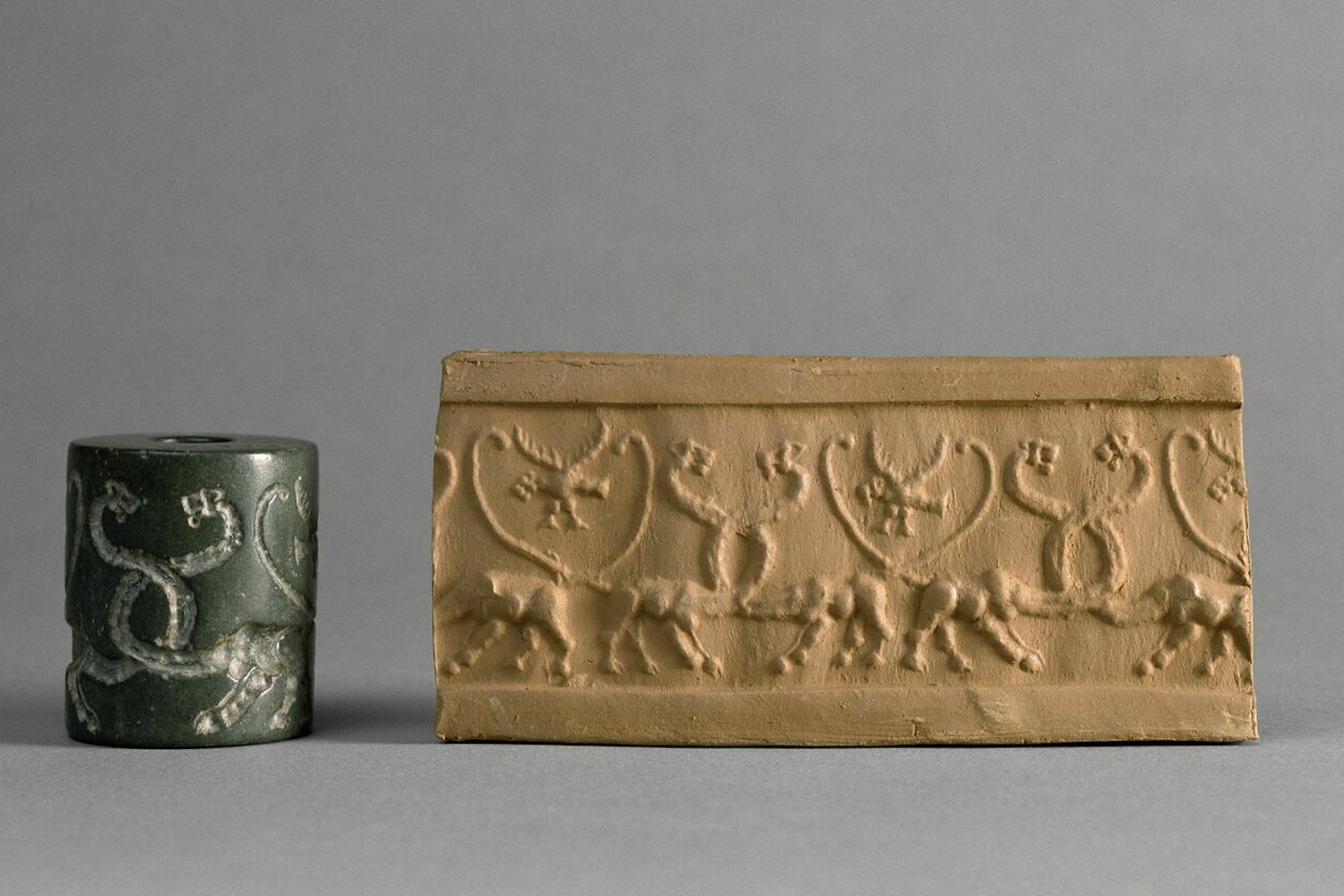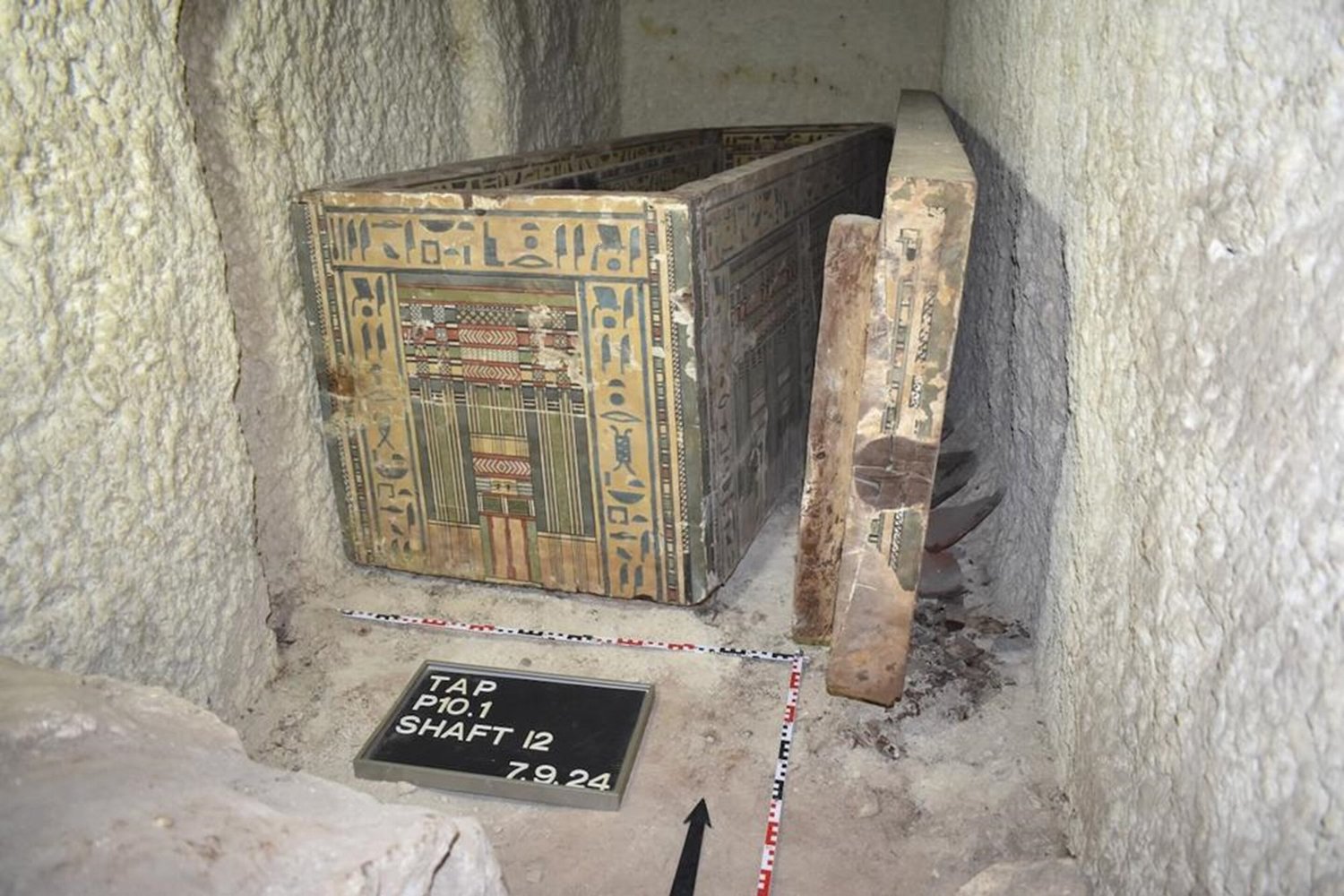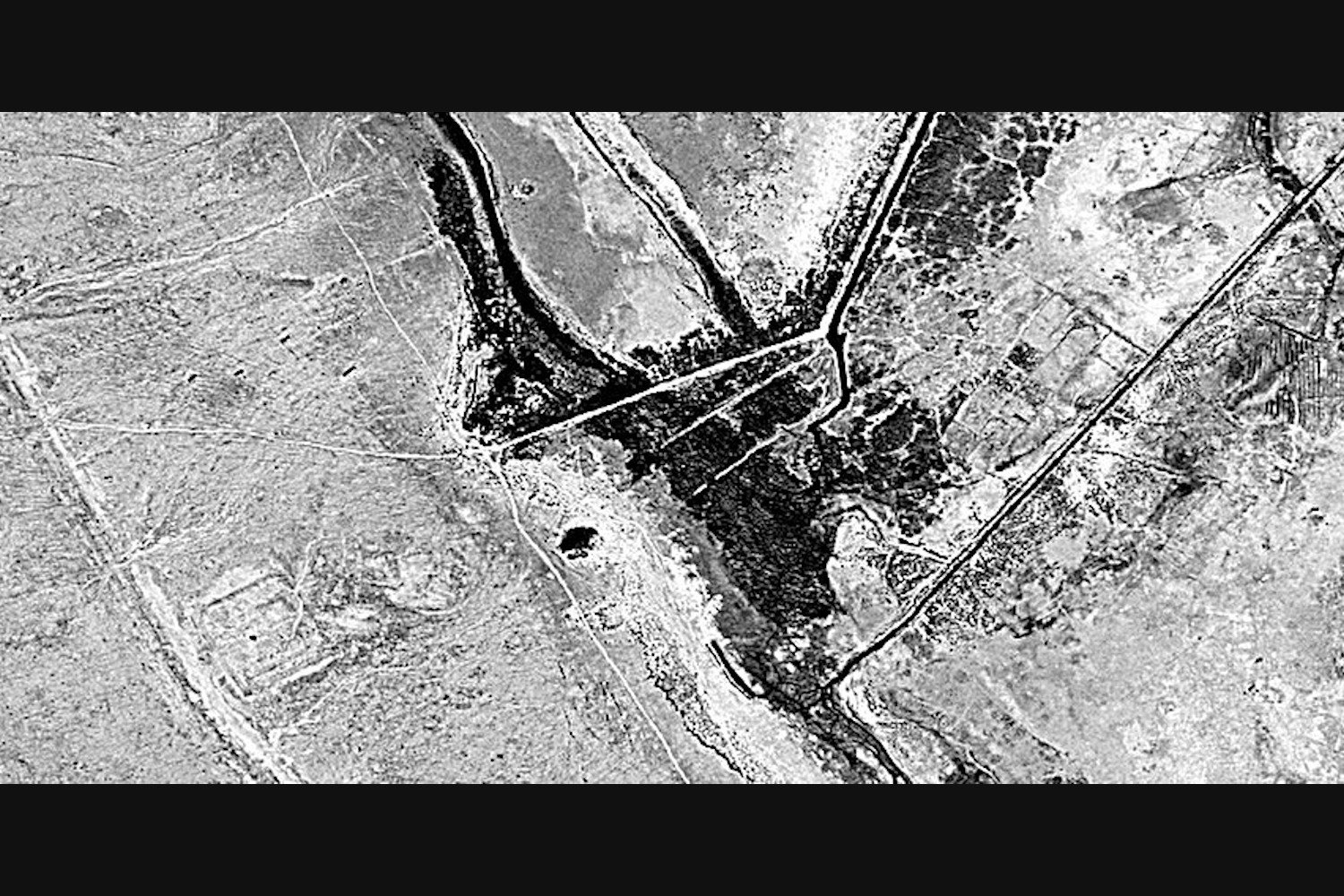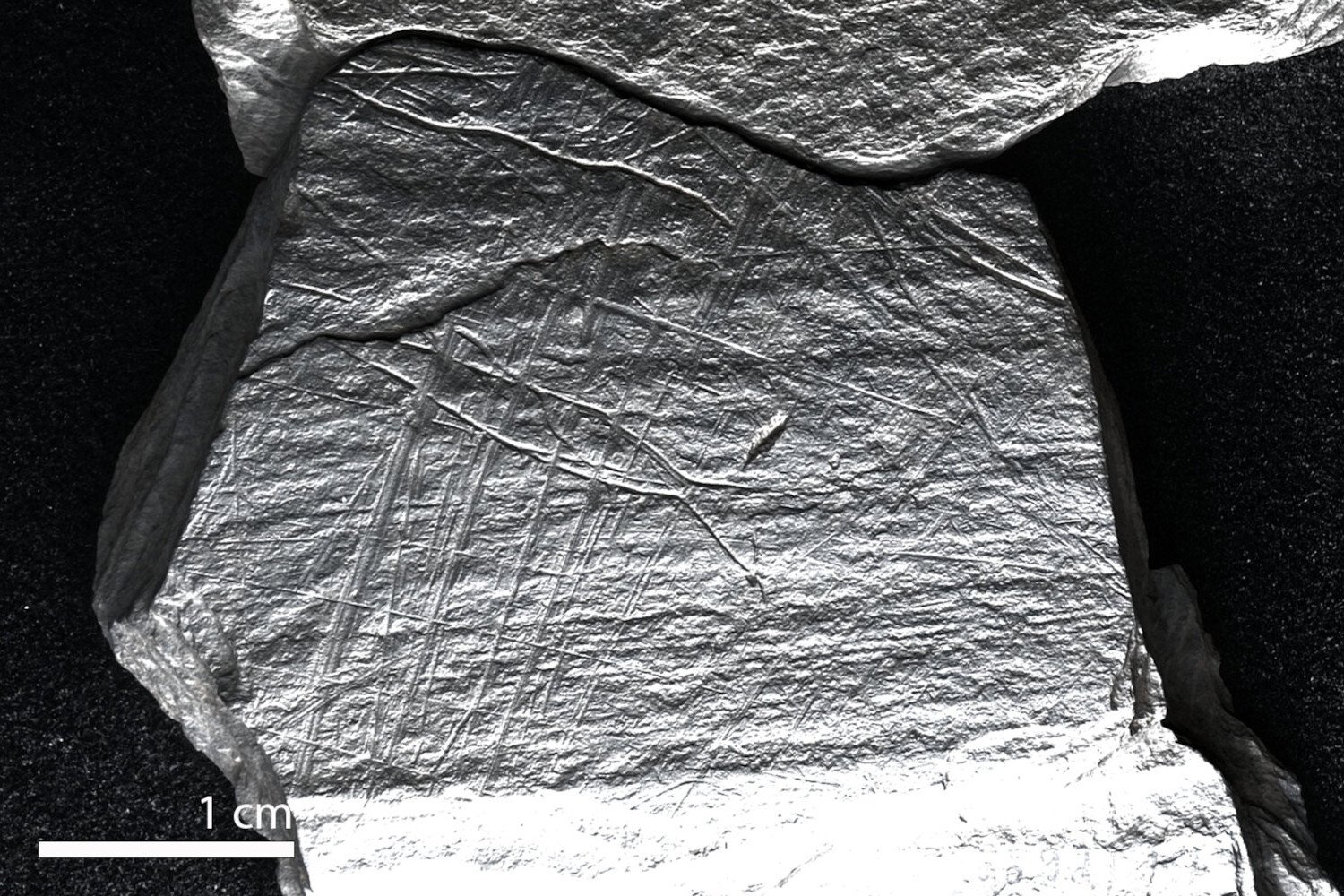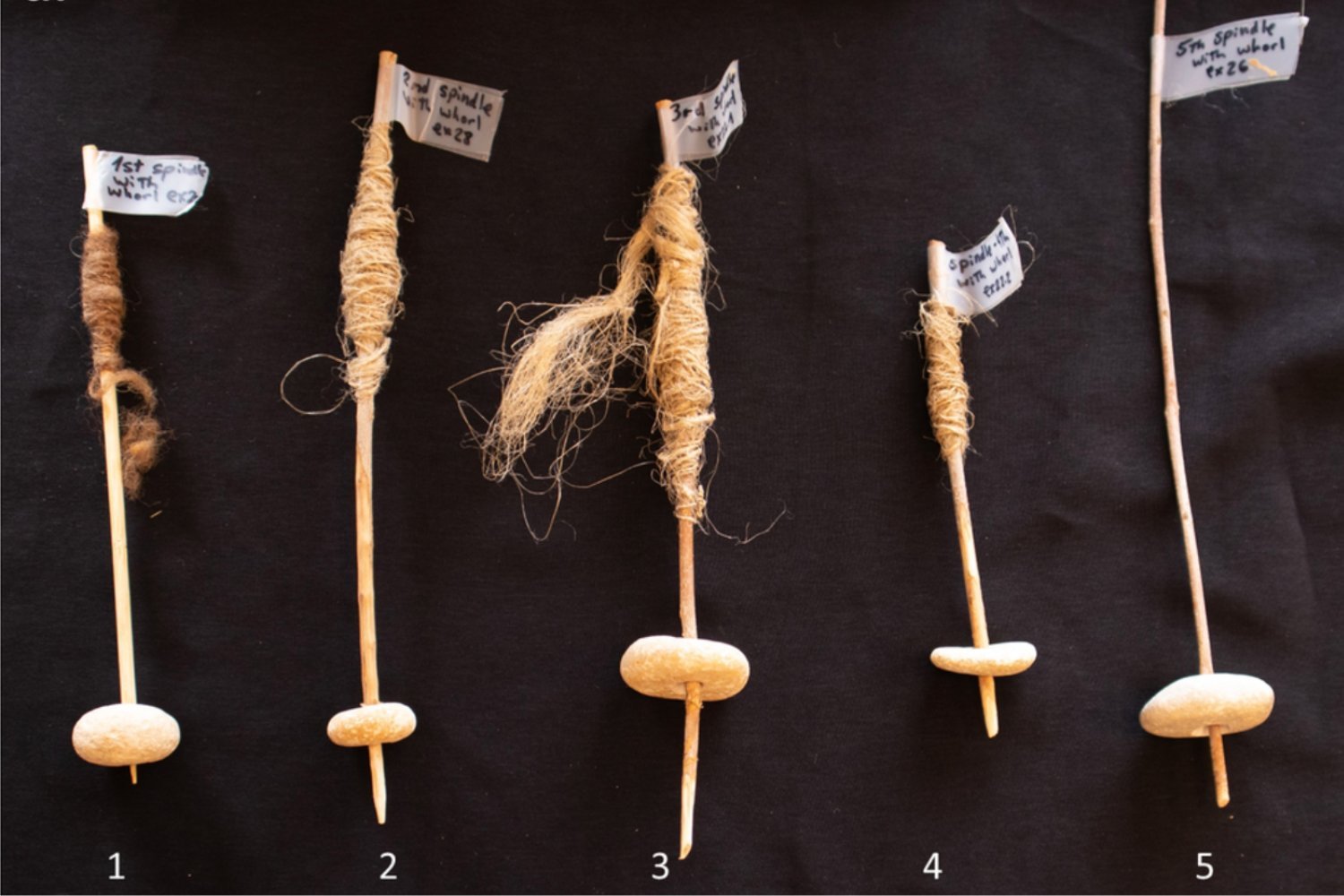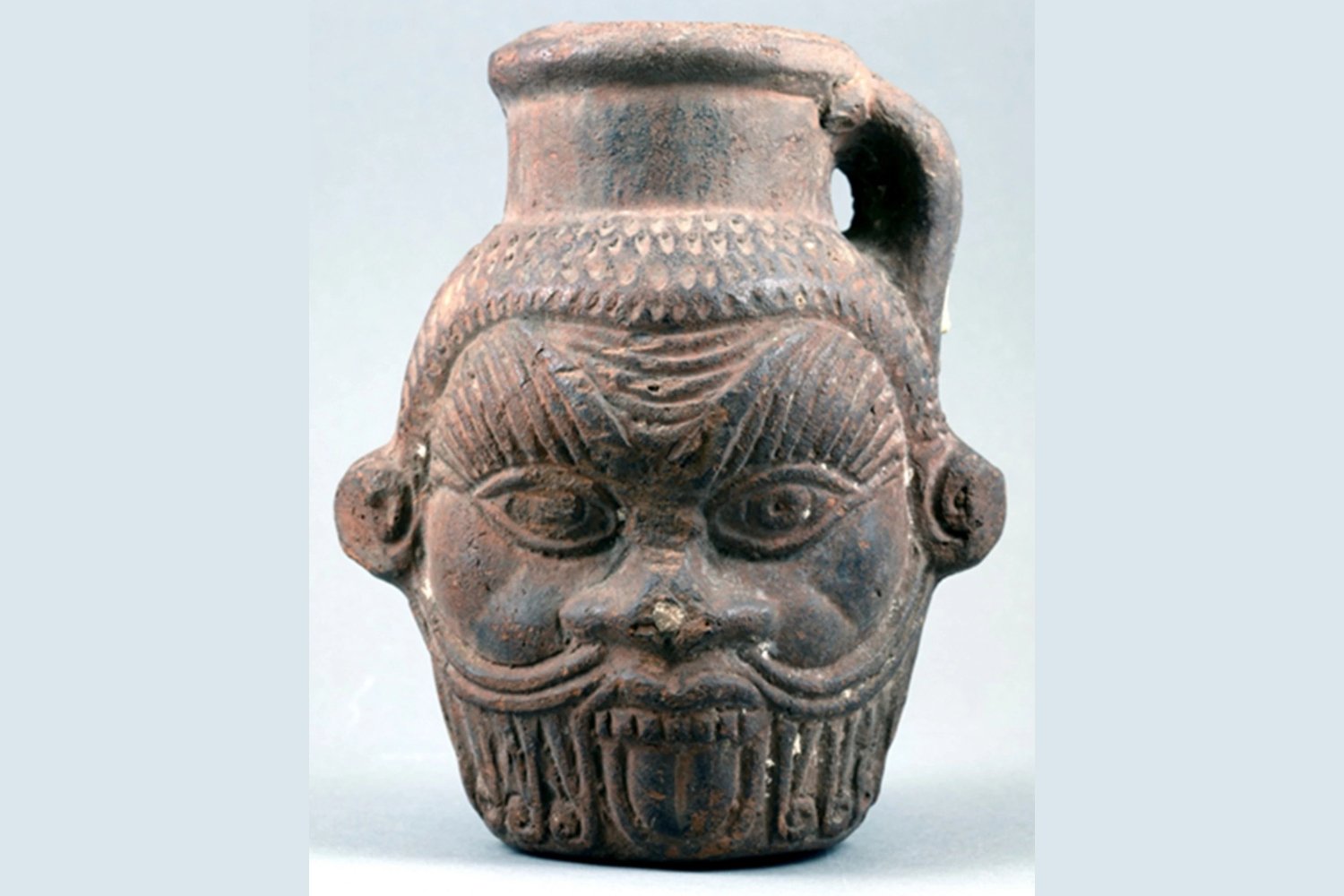The genesis of writing has long captivated scholars. A recent study published in Antiquity suggests a fascinating link between prehistoric cylinder seals and the development of proto-cuneiform, the precursor to cuneiform, the world’s oldest known writing system. Researchers have discovered that motifs carved into these ancient Mesopotamian seals, used for trade and record-keeping, bear striking resemblance to early proto-cuneiform signs. These findings offer valuable insights into the emergence of writing and may even hold the key to deciphering currently undeciphered proto-cuneiform symbols.
Cuneiform, developed by the Sumerians in modern-day southern Iraq during the fourth millennium BCE, served as the writing system for numerous Mesopotamian civilizations, including the Akkadians, Babylonians, Assyrians, and Hittites, until at least 100 BCE. It evolved from proto-cuneiform, a system of symbolic pictographs that gradually incorporated syllabic elements. The earliest proto-cuneiform examples, dating between 3350 and 3000 BCE, are found in the ancient Sumerian city of Uruk. Scholars have long theorized that proto-cuneiform stemmed from ancient accounting practices. This new research proposes that some proto-cuneiform symbols were directly adapted from motifs found on fifth and fourth-millennium cylinder seals. These seals, essentially hollow cylindrical stamps, were rolled across soft clay to create rectangular imprints, used for documenting transactions.
Both cylinder seals and proto-cuneiform tablets functioned as accounting tools in ancient Mesopotamia. Cylinder seals, also invented in Mesopotamia, were used by administrators to track primarily agricultural and textile trade beginning in the mid-fourth millennium BCE. Proto-cuneiform tablets similarly served accounting purposes, with evidence primarily concentrated in southern Iraq.
“The connection between ancient sealing practices and the invention of writing in southwest Asia is well-established, yet the specific relationship between seal images and sign shapes has remained largely unexplored,” explains Silvia Ferrara, a philologist from the University of Bologna involved in the study. “Did seal imagery significantly contribute to the creation of signs in the region’s first writing system?”
To address this question, the research team sought specific similarities between cylinder seal motifs and proto-cuneiform signs, focusing on both shape and meaning. Their analysis concentrated on motifs originating before the invention of writing and continuing to evolve alongside the emergence of proto-cuneiform.
The researchers identified several seal motifs related to the transport of jars and cloth that they believe directly influenced specific proto-cuneiform signs. This discovery highlights, for the first time, a clear continuity between pre-literate symbolic systems and the invention of writing.
“The cognitive leap from pre-writing symbolism to writing represents a significant advancement in human cognitive technologies,” Ferrara concludes. “The invention of writing marks the transition from prehistory to history, and this study’s findings bridge this gap by demonstrating how certain late prehistoric images were incorporated into one of the earliest writing systems.”
This revelation illuminates the possible origins of the first written script, arguably one of the greatest achievements of ancient civilizations. This innovation paved the way for other crucial developments, including long-distance communication, record-keeping, and the birth of literature.



